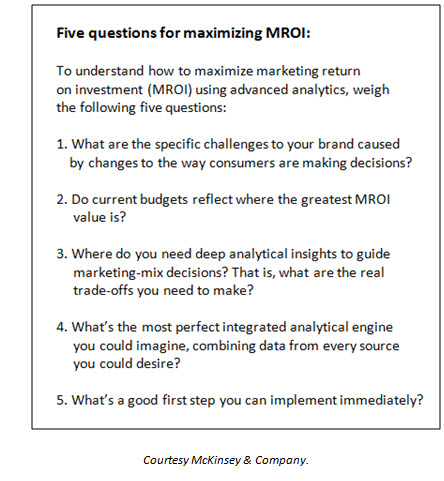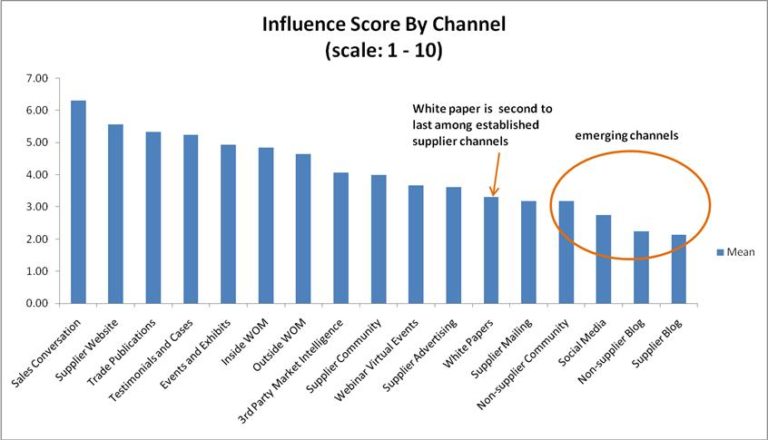Guest by Michelle Monck, Xerox Industry Capability Leader, Financial Services. @mmonck
The 2018 Edelman Trust Barometer has published the latest trust scores for financial services. It shows that financial services have stalled at neutral scores of 54% after five years of upswing from a low of 45% (not trusted) in 2009. However, scores had never returned to the trusted pre-financial crisis levels of 68%. This is mirrored in Net Promoter Scores (NPS) for larger banks, and Bain has shared that NPS in the UK are yet to reach +20 (from a -20 score in 2009), while the US recently achieved +20.
Eleven years ago, Barack Obama was US President; Gordon Brown was UK Prime Minister, and Nicolas Sarkozy was the French President. It is an age ago, and all of them have been replaced if not once then twice. Yet during that time banks haven’t recovered customer trust, nor capitalized on improved customer experiences.
So What Went Wrong With Customer Experience?
In some respects, nothing went wrong. The CMO role evolved from a traditional brand or ad guy or gal to “guardians of the customer experience” (not yet part of the Marvel® film series) with an aim to drive improved business performance through better customer experience. Customer experience projects popped up almost as fast as martech choices.
However, as Harvard Business Review has reported, many CMOs received this objective, but few had control or influence over the multiple business areas required to collaboratively achieve it. The CMO role, their marketing teams and their marketing model needed to be more digitally oriented, expert in understanding data and analytics, and comfortable getting the best from new technologies.
The environment has changed forever. Now there are nearly 7,000 marketing technologies to choose from (The Martec 5000) and a rising number of fintechs challenging the traditional banking model.
However, the structure and ways of working for most banks’ marketing models have not fundamentally changed. The past five years have seen more focus on martech, often in silo to the wider marketing model. In 2018, martech spend is set to soften by 15% (Gartner CMO Marketing Spend Survey 2017.)
How to Transform Your Marketing Model with Less Risk
Focus is now moving from customer experience projects and selecting martech tools to developing new marketing models that span people, processes and technology. Skill sets need to be enhanced or supplemented through structural updates, recruitment changes and third parties. Customer journeys should be mapped, and new processes developed to improve each interaction. Data mapping and cloud solutions eliminate reliance on legacy systems. And, finally martech needs to form a marketing platform that drives efficient processes and enhances communications.
The marketing model needs to help brands win the moments that matter. That means supporting the formation, production and delivery of highly personalized communications delivered in the right time and at the right place. Over the past decade, CMOs have grappled with this complex and risky task. Changes in structure, technology and agencies can result in going backwards before you go forward.
The Modernized Marketing Model

Xerox has already done the hard work for the new marketing model. Our platform integrates processes and technologies for creating and finalizing artwork, collaborating on changes, managing data, personalization and deploying campaigns across digital and print channels. We use our own tools or incorporate those already in use by our clients.
We have teams skilled in campaign management, design, print procurement, document composition and multi-channel deployment in our service delivery centers. These teams work with leading brands to deploy relevant, personalized multi-channel campaigns.
Meaningful, Personalized Content through Digital Innovation: Three Examples
- Xerox has successfully used this approach in the banking sector, delivering savings of 40% on marketing spend for one UK retail bank. Our marketing platform made processes more automated and auditable. Collaborative workflow tools let stakeholders easily make changes, comment and approve collateral. We successfully integrated our marketing platform into the client’s marketing resource management system for a friction-free process between Xerox and the bank. We provided on-site and off-site artwork, warehousing and print management services, reducing waste and bringing sales tax benefits.
- In another example, we helped an insurer create more meaningful personalized content for customers. Our marketing platform connected data from the client’s legacy mainframe and CRM tools. We refined more than 2,000 templates and created new personalized communications with over 1,700 permutations. Consumer satisfaction with the communication, increased as did fund retention.
- We also brought digital innovation to the branch banking experience of a retail bank using digital sign technology. We had already delivered marketing service using our platform and on-site team. This meant we could easily adapt campaign content and deploy in real-time to the digital screens as well.
Five Ways the New Marketing Model Automates Campaigns, Streamlines Agency Management
There are five aspects to consider in developing a new marketing model like the examples shared above:
- Automate Campaigns – Introduce an automated campaign management tool for regular campaigns (for example, mandatory communications) that incorporates multiple channels and centralizes marketing information.
- Streamline Agencies to work at campaign-level, not channel-level – Agencies often split by channel specialism (email, print.) Campaign automation lets one agency manage multiple channels for more efficient briefings for marketing teams and centralized campaign monitoring.
- Introduce Change Agents – On-site communication advisors review processes, introduce automation and focus on technology deployment. Removing this diversion from marketing managers leaves them to focus on campaign effectiveness.
- Focus on Marketing Resource on Results, not Process – Marketing teams need to focus on campaign and content quality and effectiveness. Third parties could handle necessary marketing activities that don’t achieve core goals.
- Test and Learn with Real-Time Inbound Communications – With the foundations above in place, marketing teams have both the change resource (communication advisors) and bandwidth (through processes moved to third parties) to direct real change. Any technology tool that drives this capability should be planned as part of the marketing technology stack and not purchased in silo.
Xerox focuses on executing this marketing model, bringing automation through our platform and change management through our communication advisors and other skilled professionals. CMOs and their teams can focus on strategies to build their brand, developing greater insights from their data and creating content that is more meaningful for their customers.
[cct]
Guide to Customer Communications Transformation
Get your copy of “Customer Communications Transformation,” a practical guide to managing your
communications and winning at marketing and customer experience.



